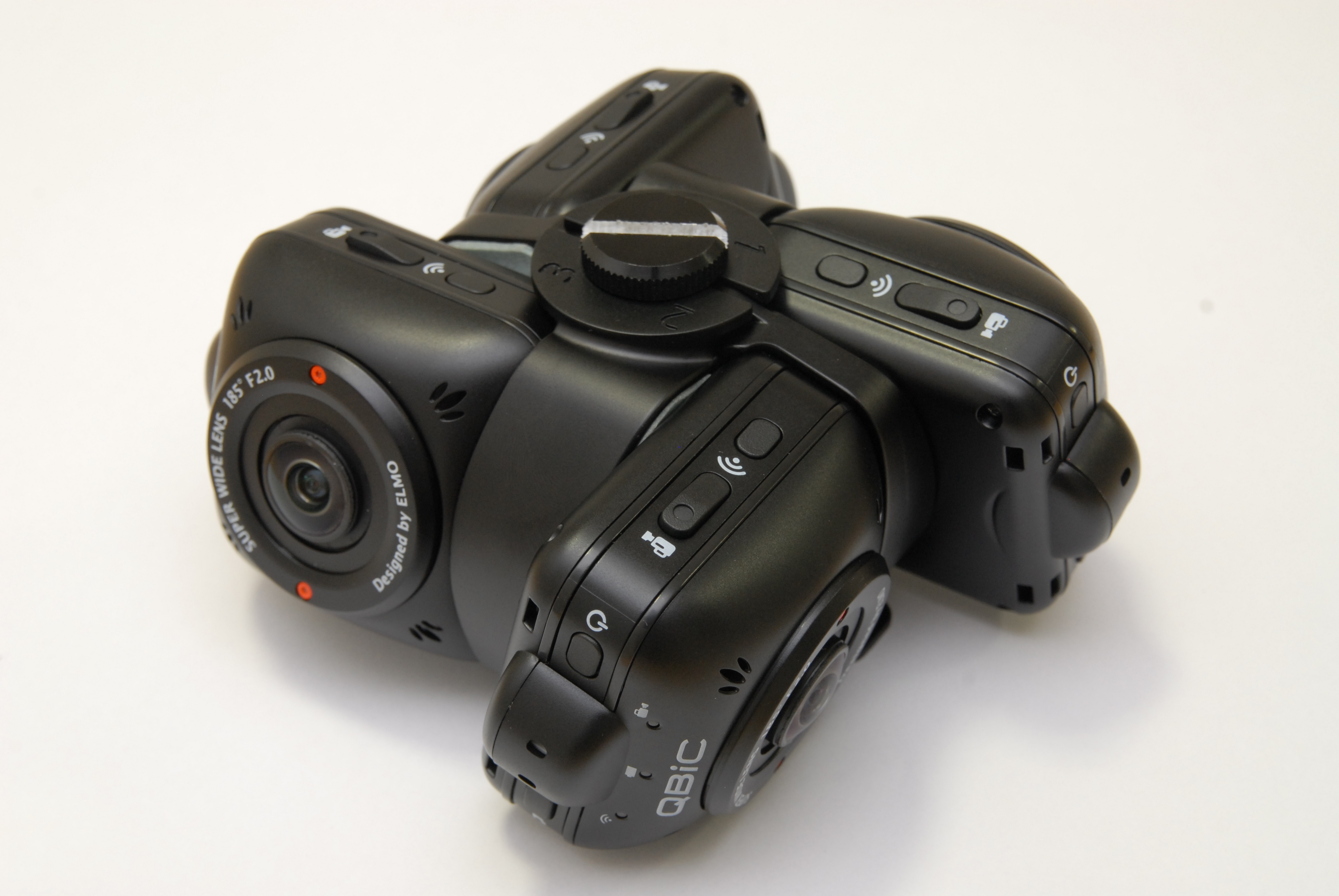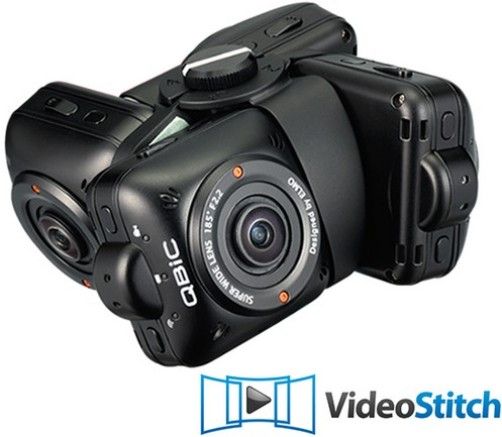
- Elmo qbic panorama x camera system reviews 1080p#
- Elmo qbic panorama x camera system reviews android#
- Elmo qbic panorama x camera system reviews Bluetooth#
- Elmo qbic panorama x camera system reviews professional#
- Elmo qbic panorama x camera system reviews series#
It doesn’t include external memory support but can capture 25 minutes of 1,920×1,080, all-directional video on 8GB of internal memory. It’s designed around two back-to-back 1/2.3-inch sensors to produce 14MP quality, with f/2 lenses that focus from infinity down to a close 10cm. Its form factor makes it one of the easiest VR cameras to take along just about anywhere. The S is an elongated dual lens unit that’s shaped more like a pocket-size digital voice recorder than a camera.
Elmo qbic panorama x camera system reviews series#
Ricoh Imaging’s Theta 360º spherical camera series includes the high-end S model.

Pricing will be announced closer to its mid-2016 release.

Elmo qbic panorama x camera system reviews Bluetooth#
It also supports microSD cards up to 128GB and has built-in Wi-Fi, Bluetooth and NFC. A single-lens mode is available for action cam recording. The Gear 360 captures video at 30 fps with 3,840×1,920-pixel resolution as well as 30MP still images when shooting in the dual-lens mode. The greater the digital content overlap, the smoother the VR effect when transitioning between the coverage of the two lenses. This spherical VR camera comes equipped with two 15MP sensors and utilizes dual f/2 fisheye lenses that each capture 180º horizontally and vertically to create a 360º field of view. An RF remote control is sold separately, but the SP360 can be controlled wirelessly via a smartphone app. The cam supports microSD cards up to 128GB. Being shockproof, dustproof and water resistant, the palm-size cam is designed for used in a wide range of harsh environments, with temperatures as low as 14º F.
Elmo qbic panorama x camera system reviews 1080p#
It takes 4K equivalent and 1080p Full HD video as well as 10MP still images at up to 10 frames per second. To capture full 360º coverage of a full sphere, two SP360s can be paired back to back. It can capture 360º of a single hemisphere (in other words, a full circle of 180º). Another VR action cam, the SP360 has a 12 megapixel CMOS sensor and a 235º ultrawide curved lens that uses optical image stabilization. The official price hasn’t been set, but it’s expected to reach the market for under $500. It’s waterproof down to 100 feet, shockproof if dropped from 6.5 feet, and integrates electronic image stabilization. The KeyMission 360 action cam is particularly well designed for capturing, well, action. It’s a small, dual-lens black cube that can capture two hemispherical UHD 4K images at 3,840×2,160-pixel resolution simultaneously, for full horizontal and vertical 360º views. One of the newest 360º cameras is Nikon’s KeyMission 360, which was introduced at CES earlier this year but isn’t due out until the fall. They can also be controlled directly from, and audio can be monitored on, those phones. But VR headsets are actually the best way to get a realistic feel of virtual reality.
Elmo qbic panorama x camera system reviews android#
While most consumer VR cameras don’t have LCDs to watch or review captured images, digital data can be transmitted and viewed via Wi-Fi and apps on iPhone and Android smartphones. Sophisticated software, which is sometimes integrated into the camera or comes bundled with it, takes the data streams from the multiple lenses within one camera or multiple individual cameras and stitches them into seamless videos. But there have been major advances over the last year or two. Seamlessly combining the data streams from multiple sources has, until relatively recently, been a challenge for consumer VR software. So they’re more suited for serious documentation and presentation creation. Just like with cameras with more lenses, arrays with more cameras cut distortion. There’s considerably less, if any, distortion with VR camera arrays. But all multi-lens VR cameras suffer from distortion to some degree. The more lenses that a multi-lens camera has, the smaller the field of view is required, resulting in less distortion. The wide-angle coverage required to capture up to 200º distorts captured images. One of the main problems, or at least limitations, of multi-lens VR cameras is lens distortion.


This makes them ideal for consumers to easily document anything from their daily activities to special events and extreme sports in a way that wasn’t financially or technologically possible before. Many multi-lens cameras are ball- or cubed-shaped devices that are versatile and highly portable. The multi-lens cameras are more common, easier to use and less expensive than multiple camera arrays. There are basically two types of consumer VR cameras, most dubbed 360º cameras by manufacturers: cameras with single, dual or triple lenses and arrays with sets of multiple cameras. With YouTube and Facebook now supporting VR video, it’s going to become ever more popular.
Elmo qbic panorama x camera system reviews professional#
Virtual reality and 360º video are evolving from being highly specialized professional applications to an increasingly easy-to-master consumer pastime.



 0 kommentar(er)
0 kommentar(er)
